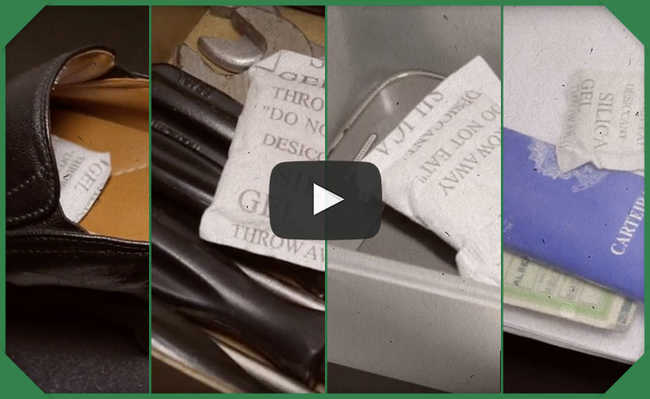House produced with recycled paper opens in Germany

The idea is to show how recyclable materials can be useful for different uses
Disposable materials are being used a lot by people who use their imagination and create new objects from old ones. Some even more innovative initiatives are incorporating the materials into large structures such as buildings and houses. There are already positive experiences with the use of PET bottles, for example (see more here).
Another possibility is the new structure made entirely of recycled paper, which the architect brothers Ben and Daniel Dratz are responsible for. Called “Paper House”, it is made up of 550 bales of recycled paper, compressed and stacked up to 100 meters high and coming from supermarkets in the region. The residence is over 2,000 m² and is located in the city of Essen, Germany. The brothers won a $415,000 grant from the Zollverein School of Management and Design Essen (ZSMD) to build this structure in a former mining complex, which is also a UNESCO World Heritage Site.

This “Paper House” shows how recycled paper can last a long time and still be useful as a building material, to eventually replace the basic raw materials commonly used. Another advantage is the adaptation to any temperature. In winter, the material retains moisture. On rainy days, it resists well and still dries quickly when the sun comes out.
The idea of the creative duo is to continue their experiments with recycled and compressed paper for more durable projects in the near future, even knowing the difficulties of dealing with the material. Thus, it is possible to show the true value of recyclables and how much they can be useful in people's lives. To learn more about the work of the architects, visit the duo's official website.
In Brazil
Plastic artist Eduardo Srur had a similar idea and created a labyrinth made of 60 tons of recyclable waste in Brazil. There are 400 bales lent by recycling cooperatives in the city of São Paulo. The artist's objective was to draw visitors' attention to the problem of garbage in the city. Only 1% of all waste produced is recycled. The labyrinth was on display at Ibirapuera Park, in São Paulo, until mid-2012.











